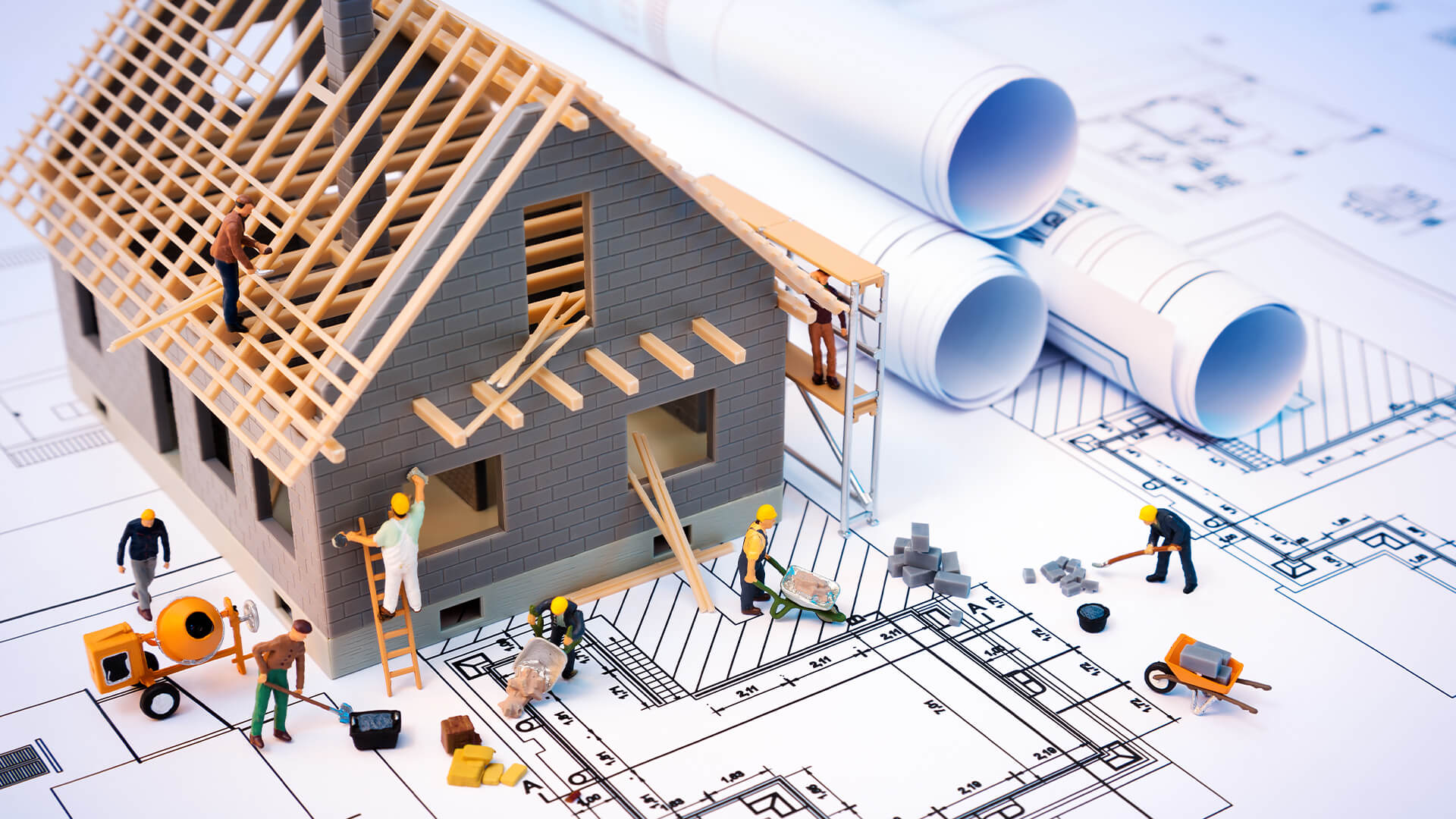Imagine if the whole populace of Oakland, Calif., wanted a new region to stay. You’d need to discover a way to construct housing and infrastructure for nearly half of one million human beings. As dramatic as this state of affairs may seem, something comparable occurs daily. According to the United Nations, four hundred,000 new people input the center elegance daily. To accommodate this developing population, it’s estimated that the construction enterprise will want to build an average of thirteen 000 buildings annually through 2050.
Building inside present towns is the best part of the answer. The population will increase in regions along with sub-Saharan Africa and India, which will require creation in resource-restricted areas where supply chains are underdeveloped, and getting parts and substances to create websites can be challenging. Simultaneously, possibilities for enlargement of skilled hard work pressure haven’t begun to be fully realized. To keep up with this ever-growing demand for homes and control the assignment of increasingly more scarce sources and fluctuations in labor availability, the development industry wishes to reconsider the way it builds—and new varieties of automation, including robotics, have a critical role to play.
Old Concepts, New Technologies
In the early twentieth century, manufacturers and vendors like Sears, Roebuck, and Company adopted offsite manufacturing and prefabrication techniques to solve a few identical manufacturing problems. The business enterprise presented clients with the Sears Modern Home, a package residence bought and shipped to clients who assembled it on-web page once it arrived. Today, agencies like Factory OS, Skender, Bryden Wood, Cannistraro, and others are making headlines for using present-day production standards and practices to address cutting-edge challenges in industrialized creation.

The purpose of industrialization and, particularly, automation in construction has regularly been to find ways to simplify or streamline a system to grow the number of paintings a given variety of human beings can attain. Examples of robotics for production emerged in the Nineteen Eighties among Japanese production agencies going through a scarcity of skilled exertions in light of a getting old populace and more youthful people choosing careers in emerging technology industries instead of construction.
These groups evolved new equipment and followed more than a few robotic technologies from production to be used in production. The businesses created robots and teleoperated gadgets for fulfilling creation obligations, consisting of welding, concrete sprucing, cloth managing, interior and outdoor finishing, and more. For instance, some organizations—Obayashi and Shimizu—are pushing the bounds of creation-particular robotics.
In recent years, a shortage of professional hard work throughout high-demand production markets, the increasing scarcity of resources, a want for more advantageous overall performance, and a confluence of considered necessary technology have led to a renewed hobby in automation technology for construction. In many instances, nothing is particularly flashy or individual about these “robots,”—but they cope with widespread and genuine pain points in the construction enterprise.
Framing is a high instance. Inside any excessive-upward thrust building, you could have loads of square feet of partitions with indoor framing products of mild-gauge steel. Typically, this metal is introduced to the development site and manually reduced to length onsite by workers’ usage of saws—a lengthy, arduous, and often wasteful system.
There, at the moment, are commercially available solutions that could help automate the production of mild gauge metallic framing, both on-website online or off-website. All the parts are precut, predrilled, punched for systems like plumbing and electric, and categorized—all of which permit quicker assembly and installation. In addition to making employees’ lives less difficult and dashing up production, this technique has been shown to reduce the waste related to interior framing seriously.














